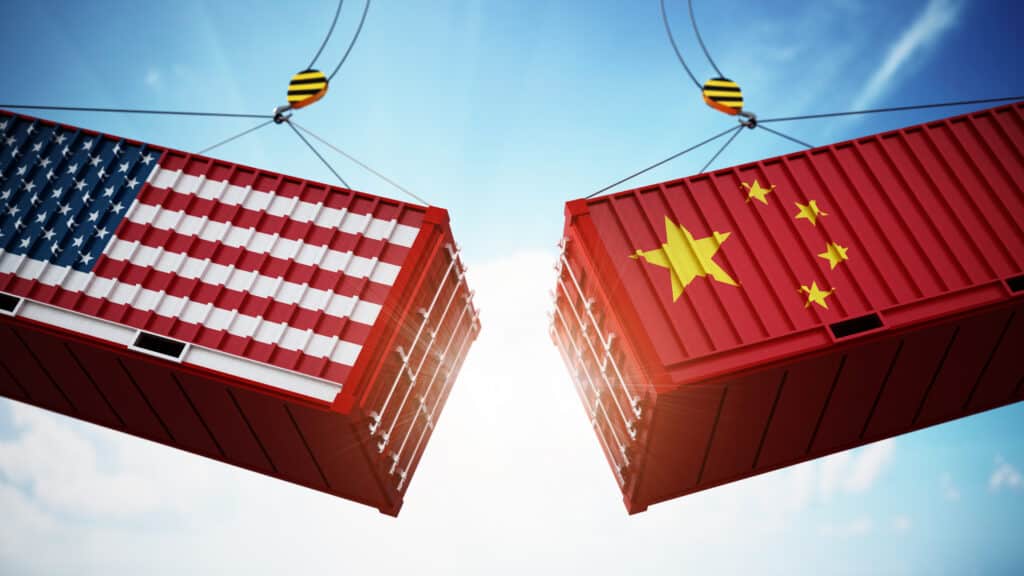New China tariffs may soon change the country’s steel market tactics. China continues to sit on a stockpile of steel, and it has no idea what to do with most of it. The exception, however, seems to be dumping it into foreign markets for cheap under the guise of “exportation.” China remains unable to use the bulk of this steel for its own infrastructure needs due to a decline in consumption and a stagnating economy. Therefore, export seems to be the best way out. This is especially beneficial as steel production is subsidized by the government in the first place.
This seems to catch the attention of President Biden. While addressing blue-collar workers at the headquarters of the United Steelworkers union in an election rally, Biden called for the imposition of triple tariffs on Chinese steel imports. However, it seems that the U.S. is not the only country fed up with China’s export tactics.
Do you know which different steel contracting are best for each different type of market condition? Check out our best practices on this topic.
China’s Dominance Sparking Protests from EU to India
The European Union, India, Thailand, and even Mexico have all, at one time or another, protested against the red dragon’s approach to the steel market. In fact, these countries often have more to complain about the U.S. After all, China is both the biggest producer and exporter of steel. However, exports to the U.S. are 7th on the list.
Reports indicate that steel exports from China in 2023 increased by a third to 90.26 million metric tons, their highest level since 2016. Of this, about 9% was crude steel, but just 598,000 tons of the material shipped to the U.S. Compared to 2022, last year’s exports were down over 8%.
Other Nations Upset, Implementing China Tariffs
According to a Reuters report, China’s neighbor India recently initiated anti-dumping duties on select Chinese steel imports, while Mexico unveiled a substantial tariff of nearly 80%. On the other hand, Thailand commenced an investigation into imported Chinese rolled steel, and Brazilian steel producers recently advocated for a 25% tariff on imports, urging government action.

World Steel Association forecasts indicate global steel demand to be up 1.7% to 1.793 billion tons this year. Meanwhile, analysts believe that while some nations continue to build their own capacity to meet local demand increase, they will have to continue to rely on Chinese steel until they reach full capacity.
Iron Ore Up, but Crude Steel Production Down
Along with all of this, news came out that the output of crude steel by China fell in the first quarter of 2024. However, iron ore imports and domestic production of ore increased.
Reuters reported that China, accounting for over 70% of global seaborne iron ore trade, experienced a 5.5% increase in imports during the first quarter, reaching 310.13 million metric tons. This marks a rise of 15.79 million tons compared to the same period in 2023, when imports stood at 294.34 million metric tons. Meanwhile, local iron ore production jumped 15.3% to 284.1 million tons in the first quarter, an increase of 37.7 million tons.
Level up your metal sourcing game in the face of brand new China tariffs. Join MetalMiner’s weekly newsletter list and get exclusive access to market intelligence.
Proposed Move to Regulate Crude Steel Production
In a new move, China’s National Development and Reform Commission (NDRC) recently declared its intention to collaborate with relevant stakeholders in regulating crude steel production. Mainly, the NDRC’s focus lies on energy conservation and the mitigation of carbon emissions. Additionally, the NDRC plans to issue guidance on crude steel output tailored to various steel mills later this year, following a comprehensive national investigation into steel capacity.

As per NDRC statistics, China’s crude steel output declined by almost 3% year on year to 1.035 billion tonnes in 2021. It also fell 1.64% year on year to 1.018 billion tonnes in 2022. In 2023, crude steel output was flat compared to 2022 figures.
Balancing Steel Supply Amidst Slowing Demand
In addition to the domestic economy contracting, steel demand has slowed down of late, mainly due to the imposition of a ceiling on steel production to reduce supply and halt carbon emissions. Therefore, China’s steel industry finds itself in a piquant situation where it remains capable of strong supply in the face of falling demand.
So, while the U.S. may shake a fist, some analysts strongly believe that the ground situation for China’s major steel export markets – like the Middle East and Japan – will remain the same, irrespective of the U.S.’ position.
Don’t miss out on valuable steel market insights like this. Subscribe to MetalMiner’s free Monthly Metals index report and gain a competitive edge with comprehensive market analysis for 10 different metal sectors.




